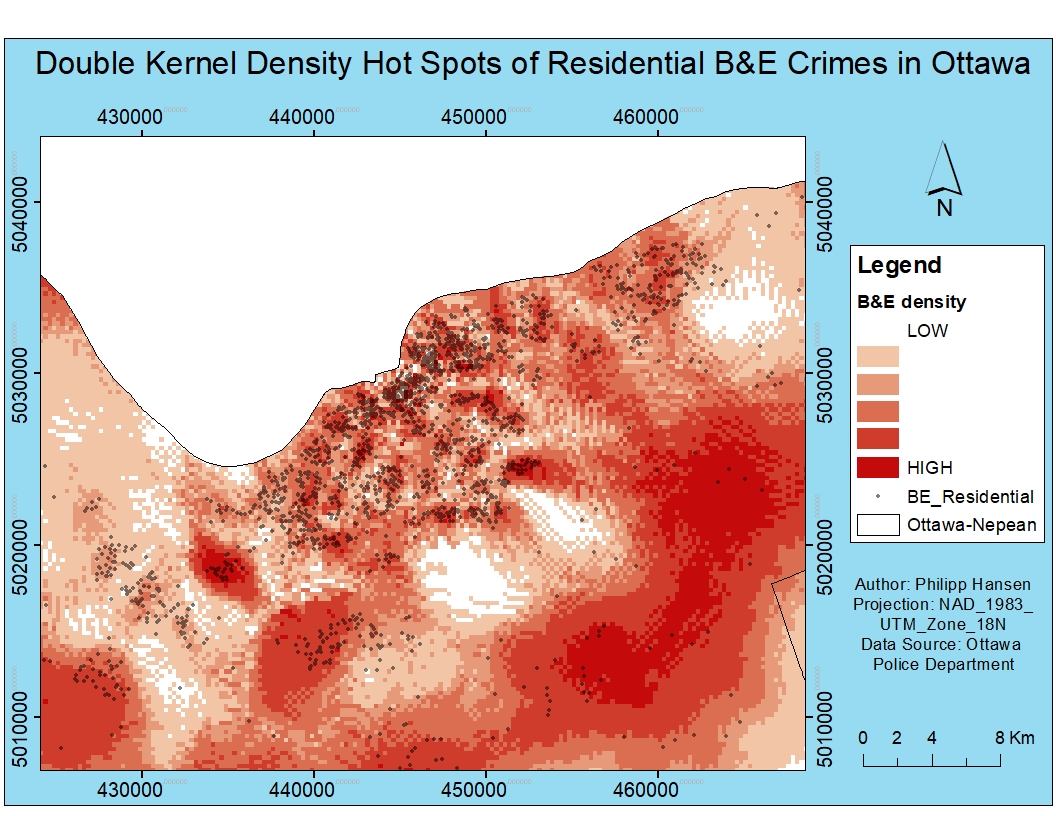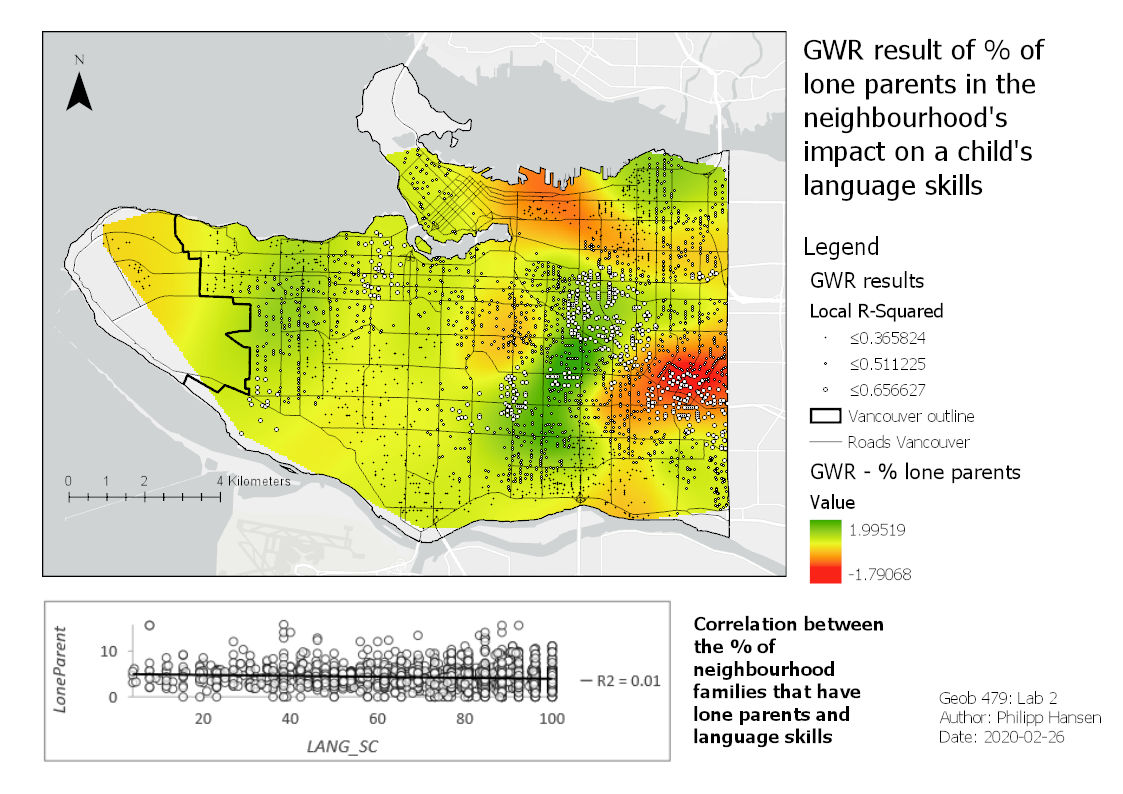In the paper I selected, the authors explored the phenomenon of similar offences occurring in temporal and spatial proximity. These type of crime patterns are called near-repeat crimes. Near-repeat street robberies in Malmö, Sweden, were the selected for their analysis, and socio-economic data and criminogenic places used as independent variables. The same statistical test that we used in Lab 3 to investigate clustering both in space and time, the Knox test, was used in their analysis.
Both criminogenic and socioeconomic variables were found to be statistically significant for the regression model used. Fast-food restaurants,train stations, grocery stores, parks and ATMs had the highest probability of near-repeat crimes in happening in their proximity. Also, places with high population density and social deprivation were found to correlate with the occurrence of near-repeat crimes. The outcome of this study could be used to inform the local police force and try to decrease near-repeat crime rates by increasing police presence here.
Reference:
Rasmusson, M. & Helbich, M. (2020). The Relationship between Near-Repeat Street Robbery and the Environment: Evidence from Malmö, Sweden. ISPRS Int. J. Geo-Inf., 9(4),188.




